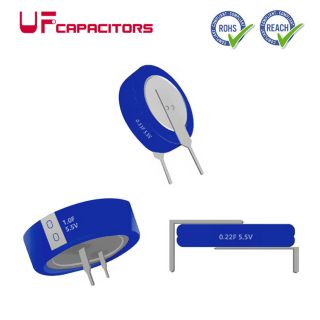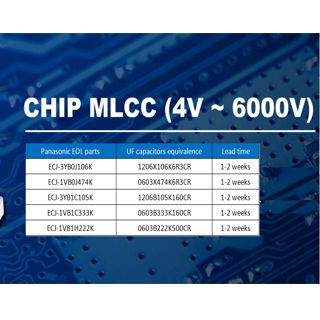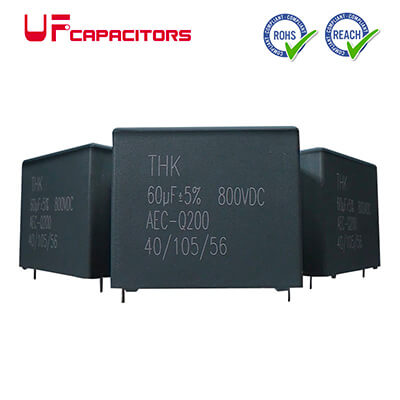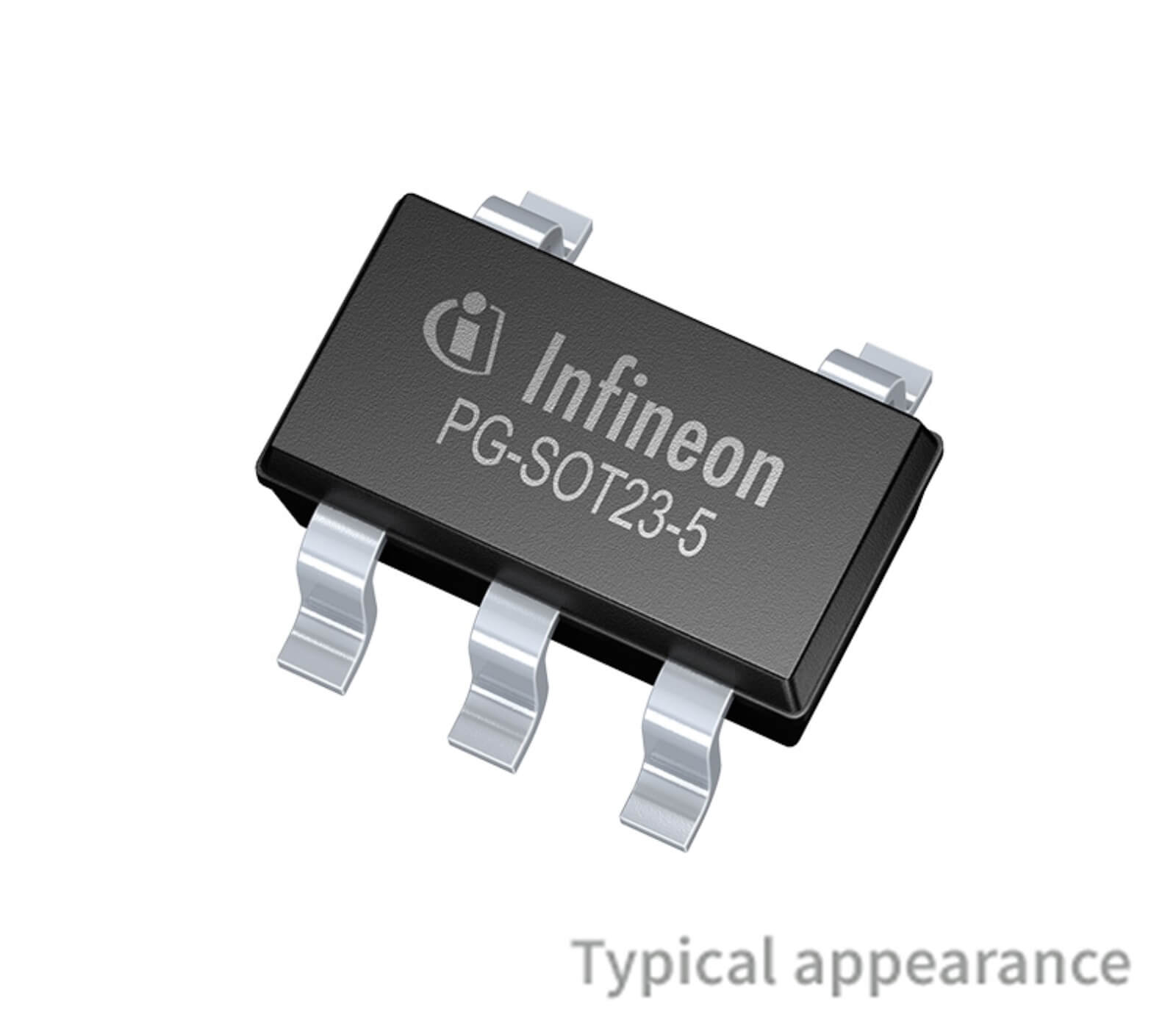Power fluctuations are a common issue in many regions, putting your home appliances at risk of damage and reducing their lifespan. A household voltage stabilizer—also known as a home voltage regulator—helps ensure a stable and safe power supply. By automatically adjusting voltage levels, a voltage stabilizer for home protects sensitive electronics such as TVs, refrigerators, and air conditioners. If you’re looking to choose the right voltage stabilizer, it’s essential to understand how it works, its benefits, and the different types available. In this guide, we’ll help you choose a household voltage stabilizer that best fits your needs and ensures long-term power protection.
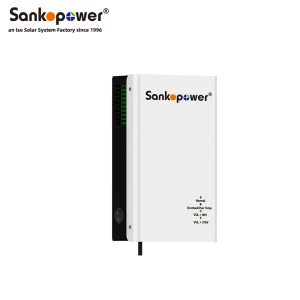
- Calculate Total Load
- Sum wattage of all appliances you plan to connect.
- Add a 25–30% safety margin.
- Input Voltage Range
- Determine the lowest and highest voltage in your area (e.g., 160 V–260 V).
- Response Time
- For computers and AV systems, opt for electronic/static stabilizers with <20 ms response.
- Efficiency Rating
- Look for ≥95% efficiency to minimize energy loss.
- Additional Features
- Over-voltage and under-voltage cut-off
- LED/LCD display for real-time voltage
- Thermal overload protection
Installation and Maintenance Tips
- Professional Installation
- Hire a certified electrician to ensure proper earthing, wiring, and mounting.
- Location
- Install in a cool, ventilated area away from direct sunlight and moisture.
- Regular Checks
- Inspect input/output voltage readings monthly.
- Clean dust from vents and fans every 3–6 months.
- Load Testing
- Test under full load annually to verify stable operation.
- Manufacturer Support
- Keep warranty info and service contacts handy.
Frequently Asked Questions (FAQs)
Q1: Can I use one stabilizer for the entire house?
Yes—choose a model rated for your total household load. For multi-point protection, install sub-stabilizers for heavy appliances.
Q2: What happens if voltage goes beyond stabilizer limits?
Most stabilizers include built-in cut-off mechanisms that disconnect the load until voltage returns to safe levels.
Q3: How long do stabilizers last?
With proper maintenance, relay-based models last 5–7 years; servo and static models can last 8–12 years.
Q4: Do stabilizers work during power outages?
No. They only regulate incoming voltage. For backup power, combine with an inverter or UPS system.
Conclusion
Investing in a high-quality household voltage stabilizer is a simple yet effective way to safeguard your home electronics, extend appliance life, and enhance energy efficiency. By understanding your power requirements, selecting the right stabilizer type, and following proper installation and maintenance practices, you’ll enjoy reliable, stable power and peace of mind.

